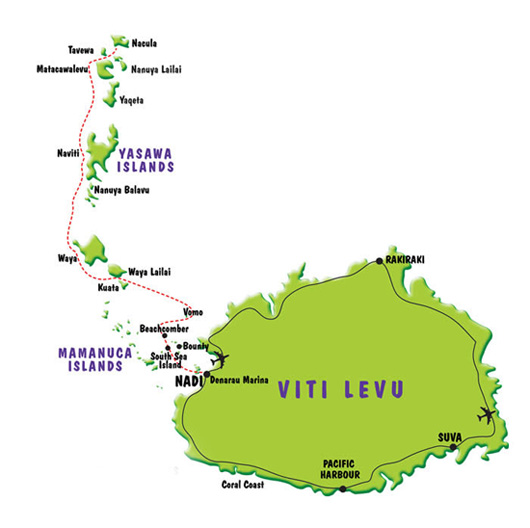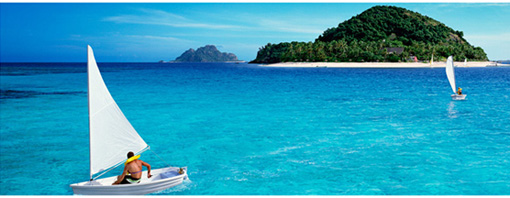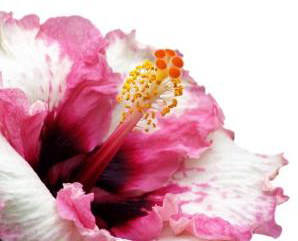Click the main islands to DISCOVER !

Over 330 islands to sail away wherever you want..
Fiji is situated in the South Pacific Seas, 22 degress south of the equator and near the 180 degree meridian. The country consists of 333 islands, some so small that you can even walk around their white sandy beaches in only a few minutes. The country is organized into seven island groups which surround Viti Levu, the main and busiest of the group. Rotuma and the Lau group are the only areas that present any challenge to access as all the other island groups are situated in very close proximity to the main island. Transport via boat or plane is convenient to arrange. Many of the islands are volcanic in nature and have endless endless trekking and beach seeking possibilities.
Get to know the country...
Types of Islands..
Sailors generally speak of 'high' and 'low' islands, but to be geologically correct there are three types of islands in the archipelago. The majority are high islands of volcanic origin and low islands which include coral and limestone varieties. The volcanic islands, of which Viti Levu is an example, have sharply defined, mountainous landscapes, ancient volcanoes and rocky outcrops and shores. Inland, the terrain is broken, with few stretches of flat land except in river valleys. In the windward areas where rains are frequent, the hills are covered with thick vegetation and are smothered almost incessantly with rain. Leeward, growth is sparse and hills are brown. Lively vestiges of the active volcanic period are hot springs, which are always found at low elevations. The best known in Fiji are the springs at Nakama, in the old coconut-plantation town of Savusavu on Vanua Levu.
Coral islands, although low and small, have their own peculiarly Robinson Crusoesque charm. Generally located near the inner margin of a broad reef, they are usually only a few metres above sea level, are flat as a table and have beautiful white-sand beaches. Despite limited soil, they often support luxuriant vegetation including vines, grasses, broad-leaved trees and, of course, the coconut palm. A classic example is the resort on Beachcomber Island off Lautoka.
Limestone islands may also appear to be low and flat-topped, but have steep, sharp sides suggesting that they are huge masses of rock heaved up from the sea. This is exactly what they are - often surrounded by a succession of precipitous cliffs, undercut by the surf. Because the limestone erodes easily, the rock may be pitted and bristling with sharp pinnacles or cut by ravines or narrow canyons. Inland, central depressions give the islands a basin-like appearance. The depression floors are commonly cut up into rolling hills, fertile and well wooded. A good example of a typical limestone island is Vanua Balavu in the Lau group.
Of the hundreds of islands in the Fiji group, only a few may be classed as true atolls. The typical atoll, of which so much has been written in the romantic literature of the South Seas, is basically long strips of broken coral and sand ranging from a few metres to half a km forming a circular or ring-like structure that surrounds a lagoon. Perhaps the best-known example of an atoll in Fiji is Wailagilala, on the eastern side of the Nanuku Passage, the main shipping lane through the islands.
( http://www.fijiguide.com/Facts/land.html )

